Weighted Blanket Recalled Following the Deaths of Two Children
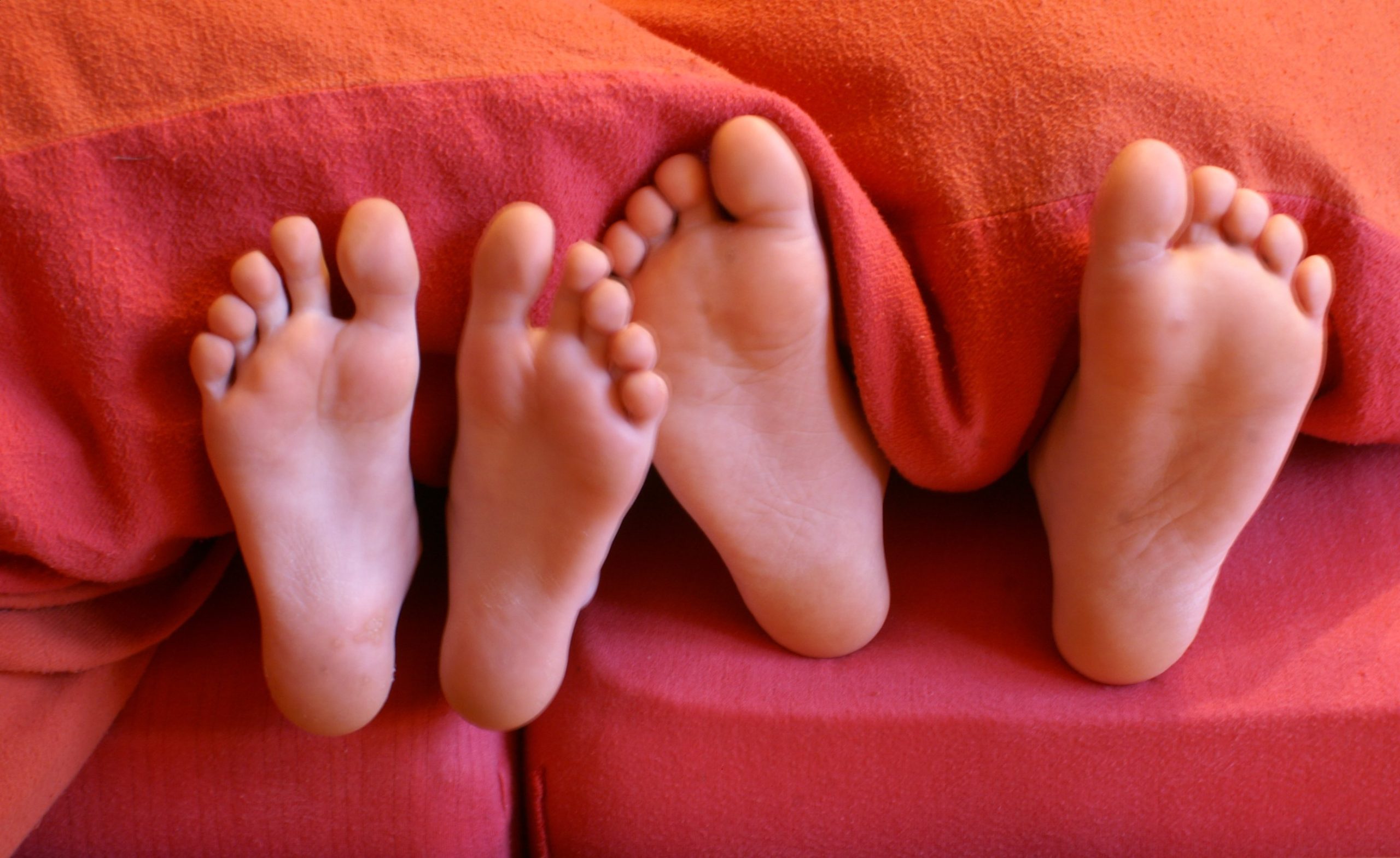
Target stores recently announced a recall of more than 200,000 Pillowfort weighted blankets following multiple reports that children can become trapped under the blanket. In a statement, Target explained that the blankets, which are specifically marketed towards children, “pose a risk of death by asphyxiation.”
The weighted blanket recall follows confirmed reports from parents that their children were able to open up the outer cover of the blanket and crawl inside, at which point they became trapped. According to a recent news report,two children died last year from suffocation after getting trapped inside the Pillowfort weighted blanket.
The Consumer Product Safety Commission and Target are both suggesting that customers who purchased a Pillowfort weighted blanket return the item to the store for a refund. Of course, for families whose children may have been injured or killed as a result of the recalled product, a refund of $40 isn’t a fair remedy.
 Illinois Injury and Mass Tort Lawyer Blog
Illinois Injury and Mass Tort Lawyer Blog


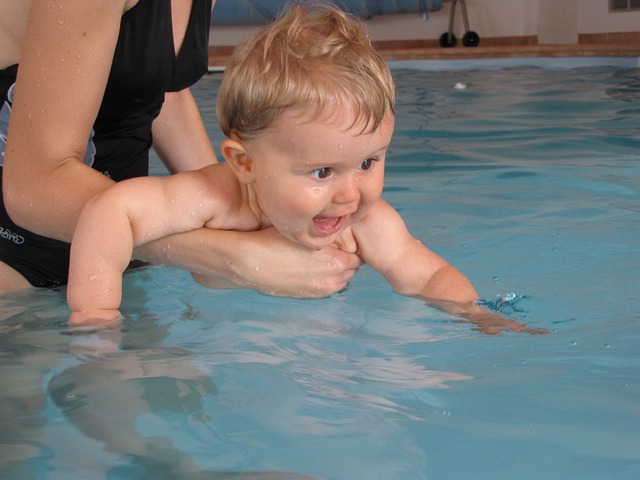 Sometimes baby neck floats are used on babies with spina bifida, spinal muscular atrophy (SMA) type 1, cerebral palsy, and Down syndrome. The United States Food and Drug Administration (FDA) recently issued
Sometimes baby neck floats are used on babies with spina bifida, spinal muscular atrophy (SMA) type 1, cerebral palsy, and Down syndrome. The United States Food and Drug Administration (FDA) recently issued 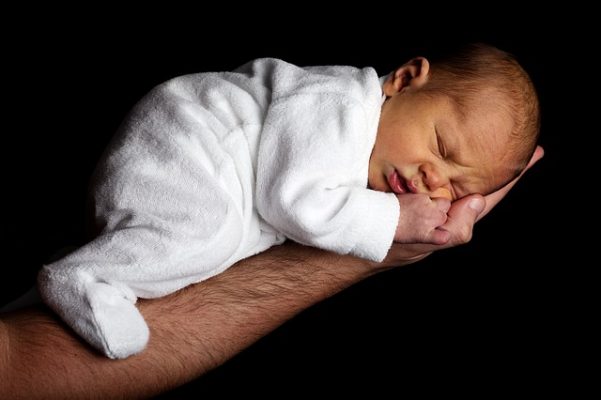 Recently, Abbot Nutrition expanded its recall of baby formula after a
Recently, Abbot Nutrition expanded its recall of baby formula after a 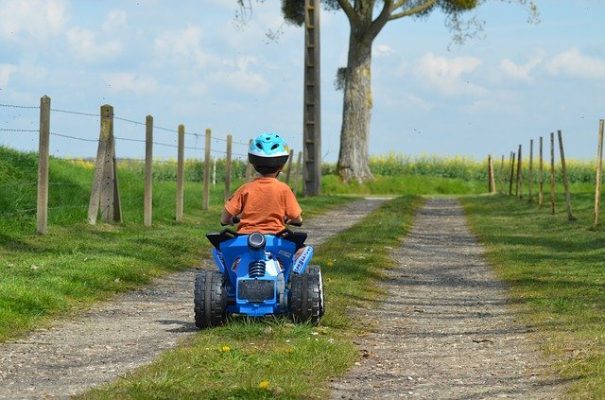 On February 2, 2022, certain Maxtrade’s Youth Coolster Mountopz All-Terrain Vehicles (ATVs) were
On February 2, 2022, certain Maxtrade’s Youth Coolster Mountopz All-Terrain Vehicles (ATVs) were 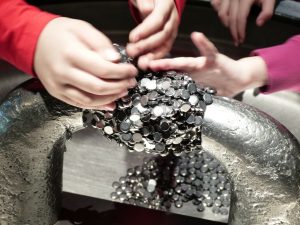 Children in Chicago and elsewhere are often extremely curious. They may put things in their mouths that are dangerous or should not be consumed. Among the many attractive products that may intrigue kids are magnets, whether refrigerator magnets or magnetic spheres or toys that contain magnets. They may be drawn by a bright color or by a toy’s magnetic properties. In August 2021, Zen Magnets and Neoballs Magnets were
Children in Chicago and elsewhere are often extremely curious. They may put things in their mouths that are dangerous or should not be consumed. Among the many attractive products that may intrigue kids are magnets, whether refrigerator magnets or magnetic spheres or toys that contain magnets. They may be drawn by a bright color or by a toy’s magnetic properties. In August 2021, Zen Magnets and Neoballs Magnets were  The United States Consumer Product Safety Commission (CPSC) recently announced an alarming
The United States Consumer Product Safety Commission (CPSC) recently announced an alarming 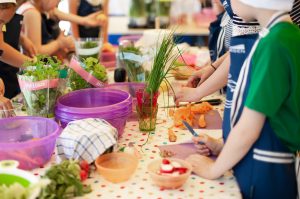 Parents in Chicago and around the country should be aware that recently, Ryan and Rose
Parents in Chicago and around the country should be aware that recently, Ryan and Rose